Two years since it was restored, the former residence of noted reformist, Dr Dhondo Keshav Karve, has been serving as an active centre for the fine arts students of SNDT
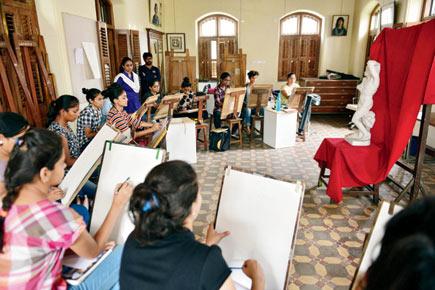
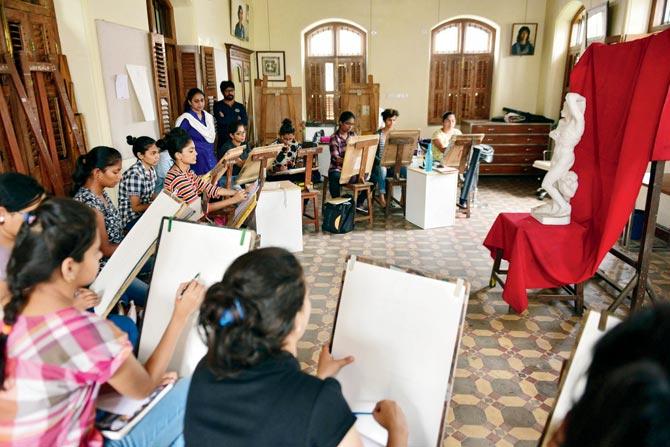
Students from the third year undergraduate class of visual arts during a figure painting class in a studio at SNDT Kanyashala. Pics/BIPINu00c2u0088KOKATE
In one of the bustling streets of Khetwadi, Girgaon, near Phadke Ganpati Mandir, a heritage building that was once the house of reformist Dr Dhondo Keshav Karve has been serving as a hub for the Fine Arts department of Shreemati Nathibai Damodar Thackersey (SNDT) Women’s University’s College of Arts. Restored in 2015 and inaugurated as the SNDT University — Jindal Centre for the Arts, the centre finished two years on August 12.
ADVERTISEMENT
Built in 1916, the structure served as residence for Karve for a short while, after which, in 1924, it was turned into a kanyashala, or a school for girls. It was called the Damodar Thackersey Kanyashala and furthered Karve’s pioneering reforms in women’s education. It closed down in 2013, when the demographics of Girgaon changed and fewer girls sought admission.

Once restored and inaugurated in 2015, the centre has become a thriving oasis for the undergrad and postgrad visual arts programmes, which come under SNDT College of Arts. Meera Sawant, the head of the undergrad programme, says that infrastructure-wise, this has been a sea change from the crammed classrooms they occupied earlier at the University’s main campus in Churchgate. "Visual arts students need extended, uninterrupted hours for their work, especially in the studio, unlike students from other streams. We are able to afford that quiet and space here," she says.
The building, also known as SNDT Kanyashala, was restored through the initiative of former SNDT University Vice-Chancellor Dr Vasudha Kamat, the support of Sangita Jindal, chairperson of JSW Foundation, and the expertise of conservation architect Abha Narain Lambah and her team on the occasion
of the university’s 100th anniversary.
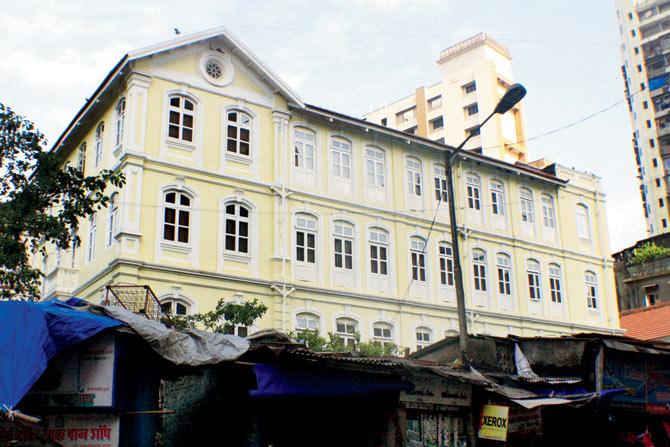
The structure before and after restoration. Pics/ANLAssociates
A Grade III heritage structure, it boasts of a ground floor exhibition space, classrooms, staffrooms, and well-lit studios. "We currently have both the postgraduate and undergraduate students, about 120 in all, using this centre. In the past two years, three workshops and a sizeable number of guest lectures have also been conducted here. "It is very important to have an art-friendly atmosphere for students," says Sawant. While it may seem that the students are cut-off from the vigorous campus life over at Churchgate, Sawant says that they make ample use of the centre for farewells, freshers’ parties and get-togethers.
Lambah, who worked on the project for a year, says that the restoration continues the building’s strong history with women’s education.
"Since it was formerly a kanyashala, this restoration was part of the whole idea of freedom and empowerment. The house had already been rethought to accommodate classrooms for the school," she says.
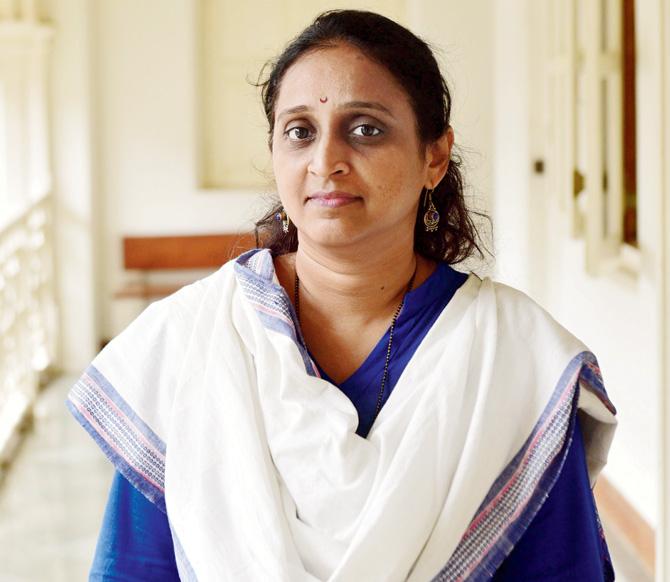
Meera Sawant
The building, which had weathered many monsoons, had leakages to be addressed. An original skylight, through which natural light filters in, has been left intact, adding allure to the central staircase. "We tread gently on the project with as little intervention as possible. We wished to keep the sense of the building alive," she says.
After two years, Jindal is happy to note the flourishing of the arts centre here and also hopes that the community around the building will be roped in for future activities.
"We hope to hold evening classes for the mid-income and lower-income communities in the area and thus allow them to have more access to the arts," she says.
Overall, Lambah says that the building is a testament to how heritage structures can be put to more functional use, specially in Girgaon where the landscape has changed dramatically.
You may also like - Mumbai Crime Roundup: 10 incidents that took place this week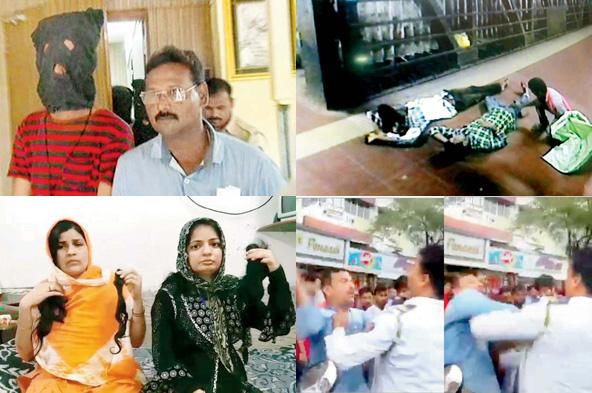
 Subscribe today by clicking the link and stay updated with the latest news!" Click here!
Subscribe today by clicking the link and stay updated with the latest news!" Click here!







